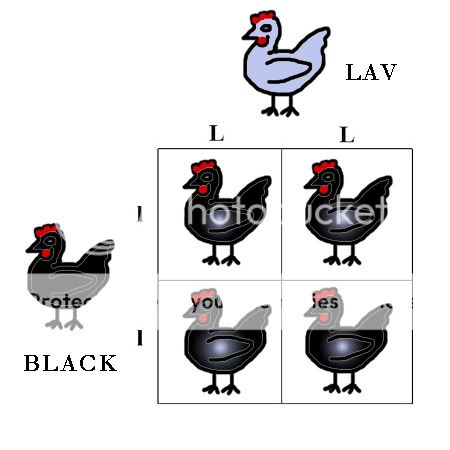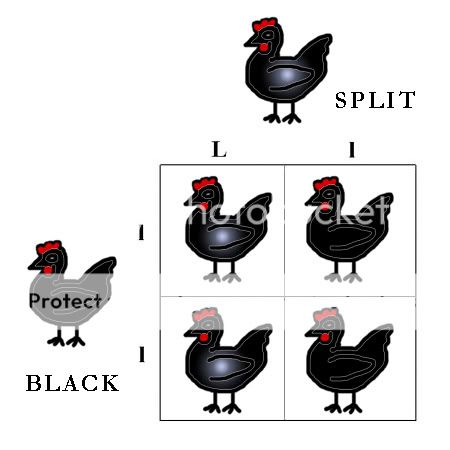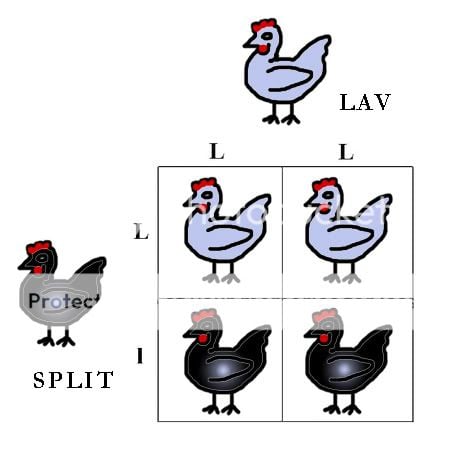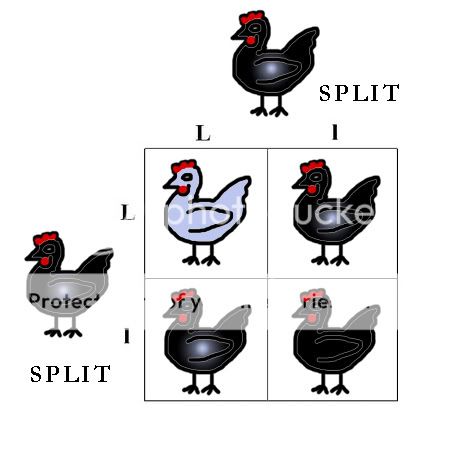Quote:
Yes, you will discover the imperfections if you line breed/inbreed. However, if you have a solid line you will advance your program greatly. Before doing any of this we have always waited a generation or so to see if anything popped out that was a fault. Right now I have a run of pigs that have been line bred for about 6 to 8 generations with incrediable results. We are finally outcrossing, but it could lead to disaster. Time will tell. Sometimes it is hard bringing in new blood. However in our case the line breeding has helped us avoid major problems as well and produced healthier and stock fitting the best of the Standard desired. It is all a matter of knowing your stock.
Yes, you will discover the imperfections if you line breed/inbreed. However, if you have a solid line you will advance your program greatly. Before doing any of this we have always waited a generation or so to see if anything popped out that was a fault. Right now I have a run of pigs that have been line bred for about 6 to 8 generations with incrediable results. We are finally outcrossing, but it could lead to disaster. Time will tell. Sometimes it is hard bringing in new blood. However in our case the line breeding has helped us avoid major problems as well and produced healthier and stock fitting the best of the Standard desired. It is all a matter of knowing your stock.













